How an IAS Officer Is Using AI to Fight Malnutrition Among Students in Govt Schools
Worried about malnutrition in Maharashtra’s Todsa Ashram School, IAS officer Shubham Gupta, with help from Feeding India and Udyog Yantra, installed an AI machine to check meal quality. Here's how it works.
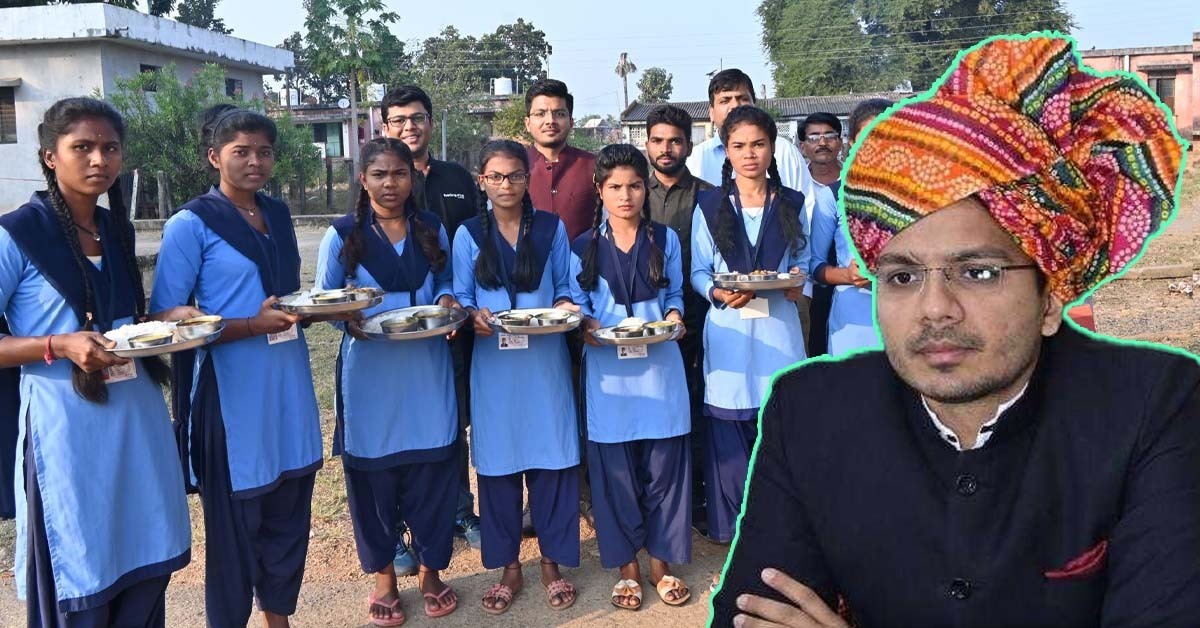
At the Todsa Ashram School in Maharashtra’s Etapalli, 222 girls queue in front of a machine — installed in their school in October 2022 — to get their BMI (body mass index) assessed.
It has been eight months since they first queued up for a similar exercise. At the time, the results had been shocking. A notable 27 percent of the sample size was found to be malnourished. This incited a probe into the matter by IAS officer Shubham Gupta, the Assistant Collector, Etapalli, whose role as project officer of the Integrated Tribal Development Project, Bhamragadas meant overseeing eight government schools in the area.
The day Gupta was presented with the findings of the study — 61 girls out of 222 being malnourished — it confirmed his hunch. As he watches the queue snaking its way, inching closer to the machine, the Jaipur-born officer shares how he conceived this project.
“It all started with an observation I made. During my posting as a project officer, I would frequent these Government schools to oversee infrastructure projects, academics, etc. Once, on a visit to the Todsa Ashram School, I observed that the girls looked slightly undernourished,” he says.
But the question of why the children’s state was this despite being provided with all meals at school, begged to be asked. “It definitely got me thinking,” the officer shares. He adds that as per his knowledge, the Government was providing substantial funding to schools to see that every child was getting their fill of the daily nutrient requirement.
Then where did the problem lie?
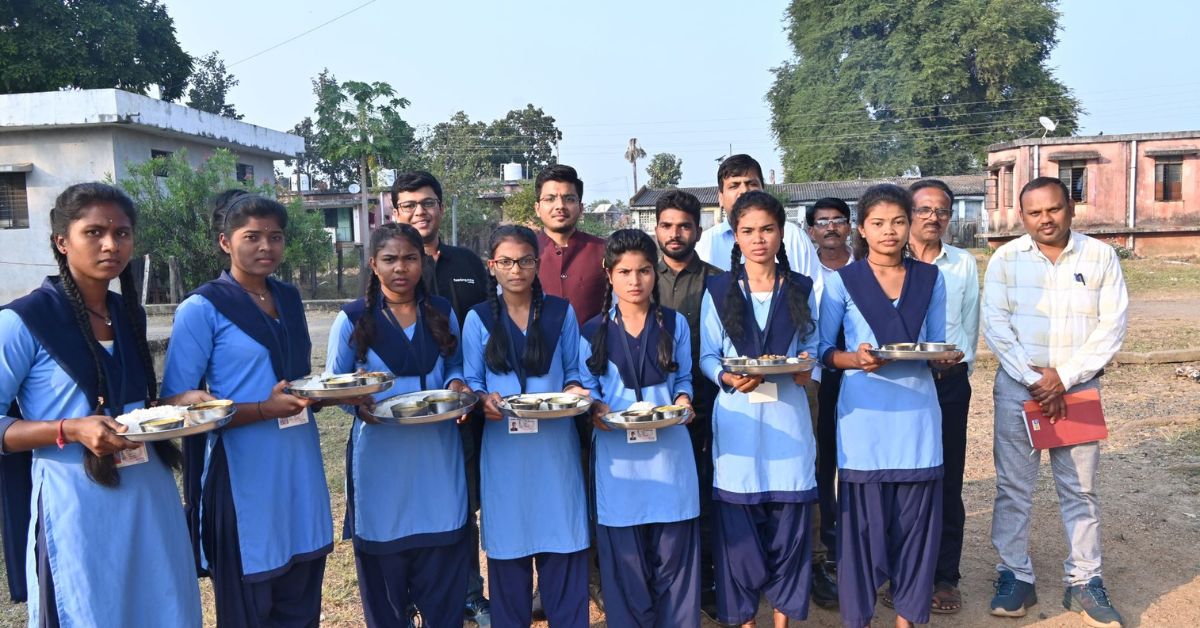
A growing problem of undernourishment
Before taking stock of how Gupta attempted to solve this problem, let’s backtrack to the growing crisis of malnourishment in India. The latest statistics as of March 2023 reveal findings by the Government’s Poshan Tracker. The mobile app was rolled out by the Ministry of Women and Child Development in March 2021 and is leveraged to identify conditions, such as stunting and under-weight prevalence, as well as the last mile tracking of nutrition service delivery.
Simply put, the tracker is an attempt to aid anganwadi centres in identifying which children are not getting their due right of nutrients. So, in March 2023, when the results of two years’ worth of data revealed that over 14 lakh children in India are “severely malnourished”, it segued into conversations revolving around how children’s nutrition requirements could be better seen.
Gupta, who chose a civil service line of work in an attempt “to give back to society and do something for his people”, is grateful that he could champion a project like the one he undertook at the Todsa Ashram School.
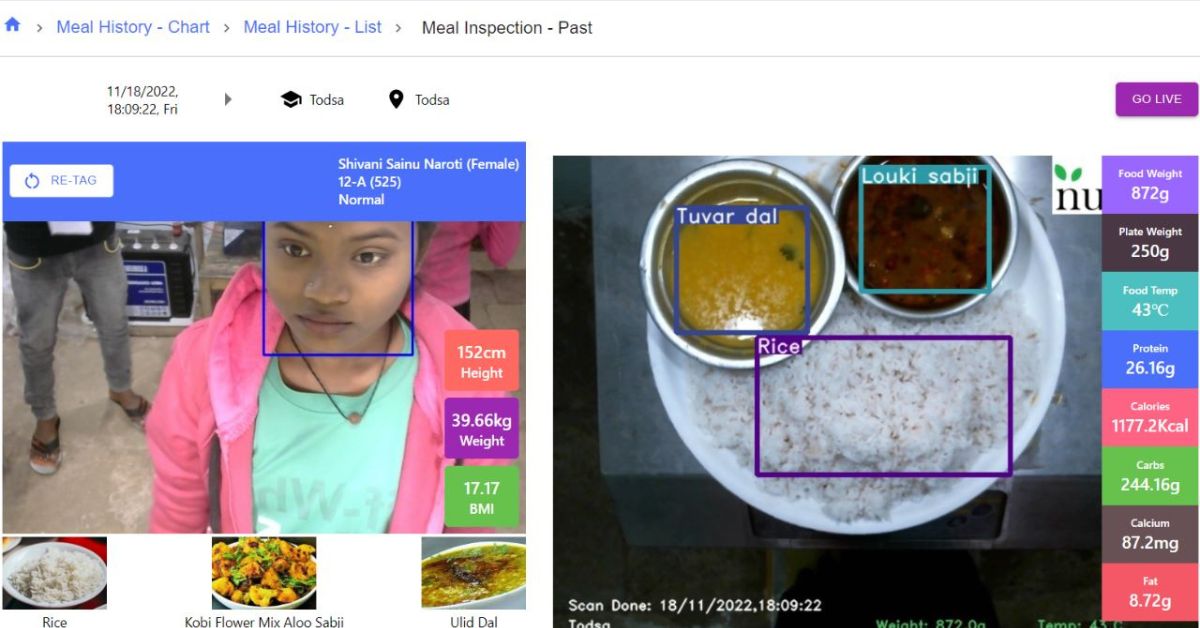
Recalling his own journey of working from the age of 15 at his father’s shoe shop, Gupta says he was no stranger to making the most of meagre resources. An education at Vapi was followed by preparation for the UPSC exam at Delhi, where Gupta got an AIR 6 on his fourth attempt.
It was during his posting at Maharashtra’s Gadchiroli in 2020 that he was introduced to Etapalli’s “extremely backward, poor, rural society where even basic facilities were tough to come by”. The tribal children in this Naxalite area often bear the brunt of this lack of resources. But, as Gupta explains, a desire to change their destiny was the crux of the initiatives that he undertook for the 25 months (2021 to 2023) he was posted in the area.
Why students were malnourished despite all the meals being supplied to them remained a mystery, which in Gupta’s opinion, manual intervention couldn’t solve. He knew he needed to radically alter his approach and introduce technology.
“Earlier people would write it off as a lack of funds. They would say this was the reason for children not getting their nutrients and meals. But since I personally knew the meals were being provided, I had to get to the bottom of this. I would need tech to arrive at the answers,” he shares.
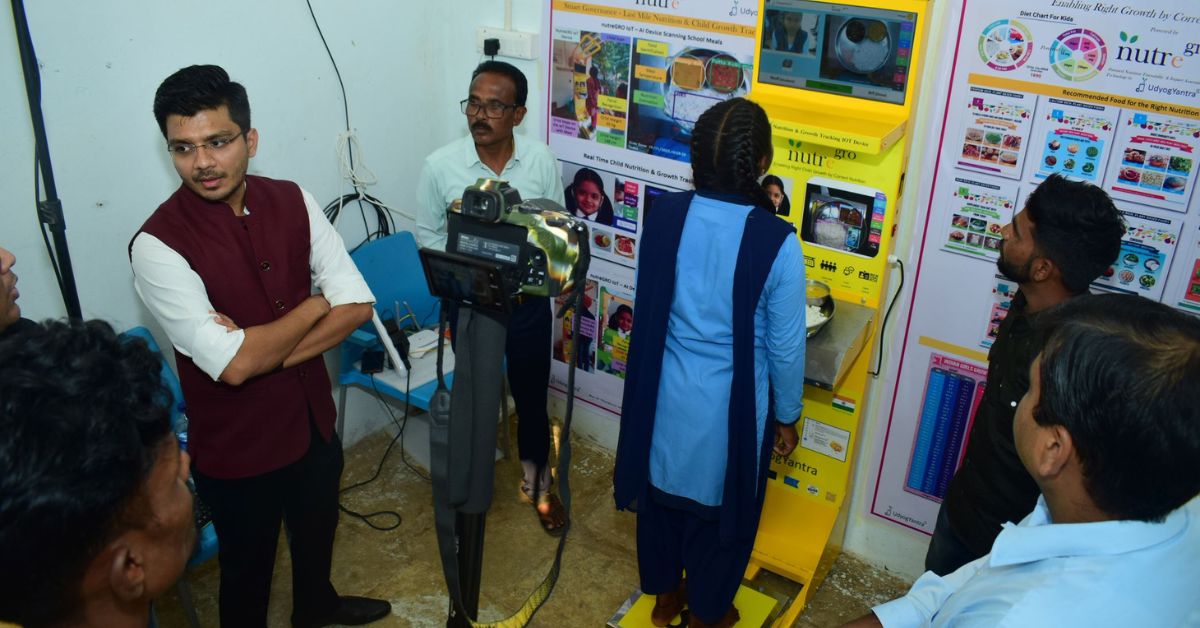
AI to the rescue
It was while ideating on pre-emptive measures to tackle the problem that Gupta reached out to Feeding India — the non-profit arm of food delivery platform Zomato, intending to tackle malnutrition in India — which put him in touch with Udyog Yantra. The platform has tech at its core and intends to streamline the process right from food procuring to food distribution by integrating algorithms.
Image recognition and a language of pre-fed codes came in handy allowing the machine to recognise the patterns in the food quality that were being served to the tribal children, and point out the anomalies.
All that needed to be done was for the machine — now ready with the pre-fed data — to be installed into the district school. Every lunchtime saw the girls line up in front of the machine with a plate full of the day’s servings. A snapshot later, the machine would crawl through 2,100 images and data points that had been coded into it to deliver a set of results on whether the food was up to the mark.
Among the many data points analysed were the temperature of the food, the physical appearance of the fruit, the quality of the eggs, etc.

However, a bemused Gupta laughs at how even before coming to any conclusive findings about the main culprit for kids’ declining nutrition, the eggs and bananas suddenly started to improve in quality.
“Our strict watch had made people vigilant. They knew that stringent checks were being conducted on the food and that in itself contributed to a significant improvement in the quality.” But even so, the machine’s dutiful relaying of findings helped the team understand where the problem lay.
Elaborating on this, Gupta shares, “We noticed that in some cases, children were wasting or not taking the snack or fruit because it was overripe or because it did not look palatable. In this case, there are two problems — one that an overripe fruit is not giving children the exact amount of nutrients they need, and the second that children are not even getting a portion of it when they choose to waste it.”
Being in the loop of the Government system for years now, Gupta wondered why the problem of malnourishment was so severe when the Government provided each district with the set requirements a meal should have to fulfil children’s daily needs. “Artificial intelligence (AI) enabled us to co-relate this too with the data being relayed by the machine. It helped us plan the local menus and incorporate which local produce must be used in the meals,” he adds.
Gratis the machine’s deep tech, the team soon arrived at the main problem — menu compliance.

The beauty of the algorithm
“We concluded that out of the five items that were supposed to be served to the students on a particular day, only four were getting served,” explains Gupta citing why menu compliance is an issue. He adds that the fifth item was not being paid for and hence wasn’t served. “To this end, the students were getting less nourishment according to the menu itself.”
To resolve this, Gupta and his team worked out the logistics with the school and district authorities. But even so, the deteriorating quality of food remained a concern. Watery dal, rice that was cooked to a sticky glue, and hard eggs were some of the major concerns.
Months of working closely with suppliers, checking the raw materials to ensure their storage was at the right temperatures, and ensuring these negligences were not a frequent oddity soon achieved its desired result. The food served to the kids significantly improved.
“We also alerted everyone involved in the process that we’d be conducting random checks on any day to assess whether all rules were being adhered to. I think all these measures resulted in better food quality,” notes the officer.
Dilip Miralwar, superintendent, Todsa Government Ashram School, said, “The technology is really transformational. It has not only helped us improve the nutritional parameters but also ensured menu compliance and quality food for the students.”
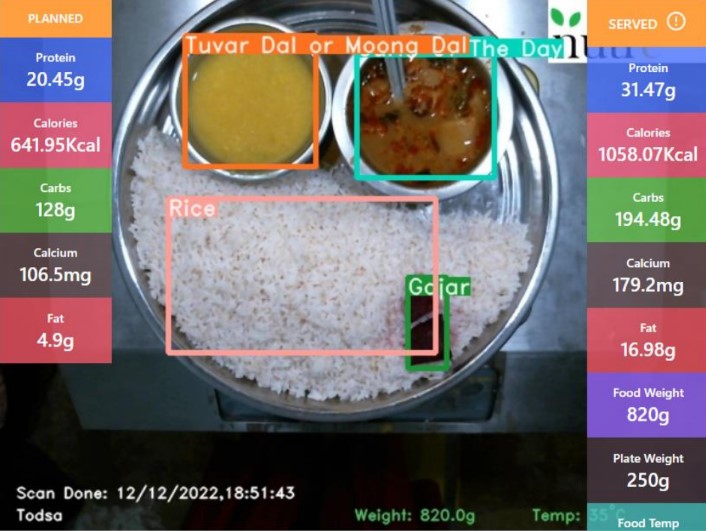
In fact, the success of the pilot led the team to replicate this in the other schools of the district. “It wasn’t easy considering my team was unfamiliar with the tech aspect of it initially, but eventually it became seamless,” he adds.
Reeling from the success of this pilot, Gupta is all set to take on a new project this time in his capacity as chief executive officer, Zilla Parishad in Maharashtra’s Dhule district. His enthusiasm is rife as he talks about an upcoming app that he’s developing which, similar to the machine, will assess students’ nutritional needs, but at the click of a button.
“This app may not be able to detect the temperature of the meal, but it will be able to judge whether the nutrient criteria and the quantity of food are right, and also check parameters about the quality.”
Meanwhile, the line of students filing in queue to have their BMI checked has almost reached its end. “Only 20 students are still undernourished compared to the previous 61!” Gupta exclaims, happiness etched on his face. If you found our stories insightful, informative, or even just enjoyable, we invite you to consider making a voluntary payment to support the work we do at The Better India. Your contribution helps us continue producing quality content that educates, inspires, and drives positive change. Choose one of the payment options below for your contribution- By paying for the stories you value, you directly contribute to sustaining our efforts focused on making a difference in the world. Together, let’s ensure that impactful stories continue to be told and shared, enriching lives and communities alike. Thank you for your support. Here are some frequently asked questions you might find helpful to know why you are contributing?

As worrying statistics of malnourishment in India’s remote areas come to light every year, it beckons everyone to take inspiration from this officer. Before a tipping point is reached, there is a lot that can be done to avert the catastrophe.
Edited by Pranita Bhat.
This story made me
- 97
- 121
- 89
- 167














